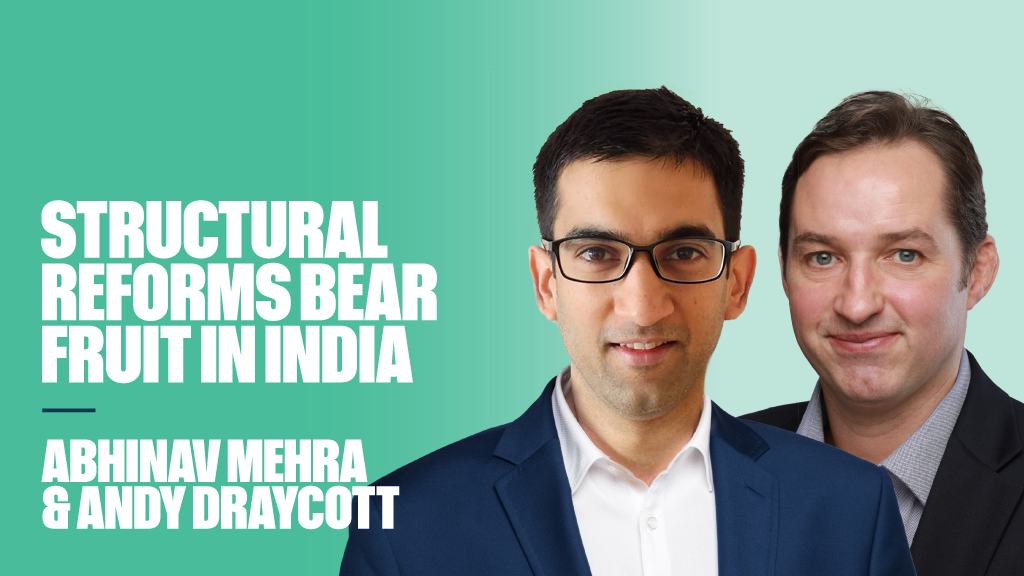By Daniel Haydon, manager research analyst at Morningstar
From one tea-drinking island nation to another, both the UK and Japanese equity markets have seen a considerable uptick in merger and acquisition (M&A) activity, signalling that areas of each country’s market are viewed as materially undervalued and attractive.
However, a notable difference is that Japan has made concerted efforts to encourage such activity.
Updated M&A guidelines are a facet of the long-term structural changes to corporate governance. The recent takeover proposal of Seven & I by Canada’s Couch-Tard can be viewed as a stark reminder that valuation opportunities in Japan are abound.
The initial bid being rejected is beside the point. The very existence of this proposed mega deal serves to highlight a profound change: Japan is open to business. Shareholder-friendly policies continue to take effect.
See also: Hidden gems: Six below-radar funds in the Japan sector
In mid-2023, the Japanese government introduced new guidelines which aim to promote mergers and acquisitions. Issued by the Ministry of Economy, Trade and Industry (METI), these aim to remove impediments to dealmaking. This includes addressing defensive tactics that had long been prevalent. Credible takeover offers must be considered.
Japanese companies appearing attractive to prospective buyers will come as no surprise to many market observers and participants. The reasons for this have been discussed at length by many: the return of low inflation helps companies grow revenue, the prospective offloading of undervalued assets and cross shareholdings presents an opportunity to unlock value, the yen is still considered cheap, and returns on equity can be improved.
We expect that the large build-up of dry powder in private equity in recent years may find a home in Japan. Some large Japan buyout funds have proven so popular to institutions they are now near on impossible to get into.
Thus, deal-making in Japan is expected to grow. This, along with shareholder friendly policies, supports a view of a far more dynamic Japanese equity market for the years to come.
See also: Macro matters: Tokyo story
The benefits of ongoing corporate governance changes and corporate activity will be felt unevenly going forward. Thus, active management stands to do well. On a relative basis, we appreciate that market concentration in Japan is much lower than in many other developed markets. That too gives greater scope for managers to express their relative views.
So, how best to access this story? Here, one must consider that Japanese equities were a classic case of bifurcated market for many years prior to 2021.
The notable shifts in market leadership between ‘growth’ and ‘value’ investments and a yawning gap between large versus small caps have been evident. Yet, corporate governance reforms evolving economic conditions present opportunities to unlock long-term value.
Indeed, when looking at the dispersion of fund category performance (75th vs 25th percentile and 95th vs 5th percentile), EAA Japan Large-Cap Equity funds have stood out in recent years.
The growth vs. value and large vs. small cap dynamics have been a significant contributor to this. An appreciation of the impact of investment styles supports a blended approach for Japanese equity exposure, perhaps with a tilt towards value plays more exposed to corporate governance reforms.
See also: JPMorgan to merge beleaguered Japan trusts
In the large-cap value space, we draw attention to the Man GLG Japan CoreAlpha fund, spotting positives which stem from the combination of a well-structured, contrarian value investment process and the continuity provided by veteran portfolio manager Jeff Atherton, who took the mantel in January 2021.
Since he took over as lead portfolio manager, some important process enhancements have been applied to good effect. There is now a greater appreciation of catalysts that help drive rerating, including metrics such as return on equity and earnings quality, as well as corporate governance changes.
Elsewhere, we think growth-biased funds continue to serve a role for those looking to offset the style biases from a pure value fund. Here, we look to highlight JPM Japan Equity. It benefits from a top-notch lead portfolio manager, a well-resourced supporting team, and a time-tested investment approach.
The well-codified, quality-growth investment approach is long-established. Lead portfolio manager Nicholas Weindling has managed this strategy since 2007. He adheres to a long-standing growth-oriented approach through various market environments and is unfazed by shorter-term headwinds.
The manager fully allocates to their best ideas and is often willing to pay high multiples for them. As such, the portfolio’s average expected growth and return on equity, as well as its valuation, have consistently been markedly higher than the TOPIX.
The approach has delivered solid long-term results, although it may also result in lumpy and volatile results at times, amplified by the strategy’s salient growth tilt.











